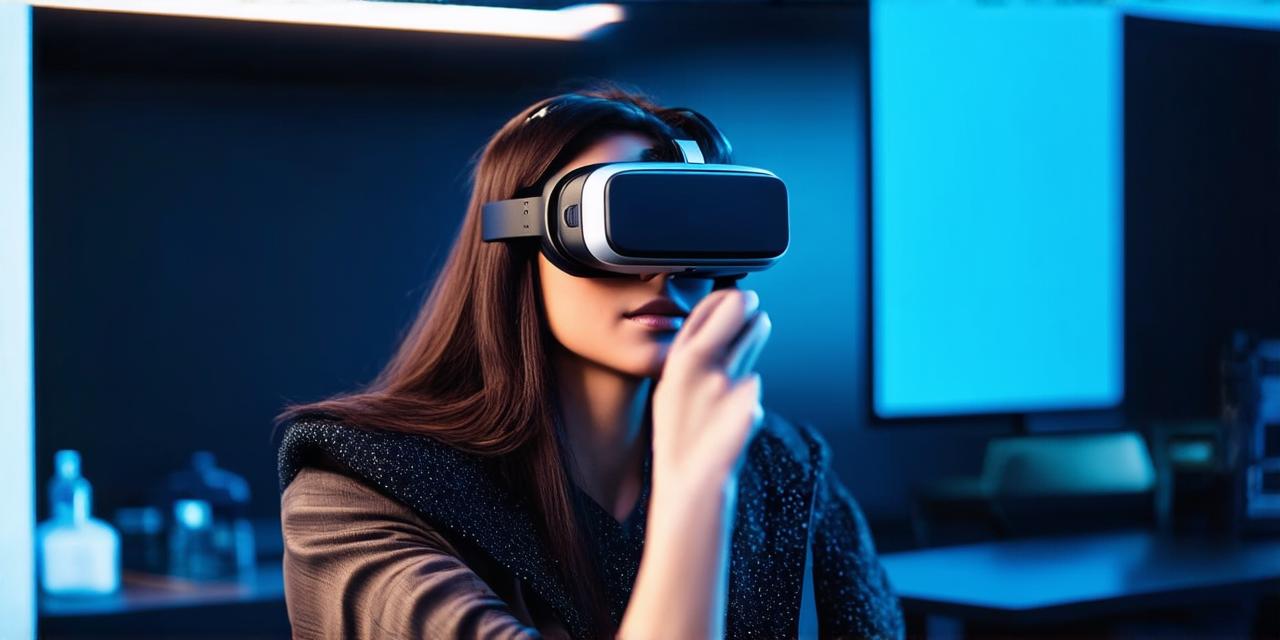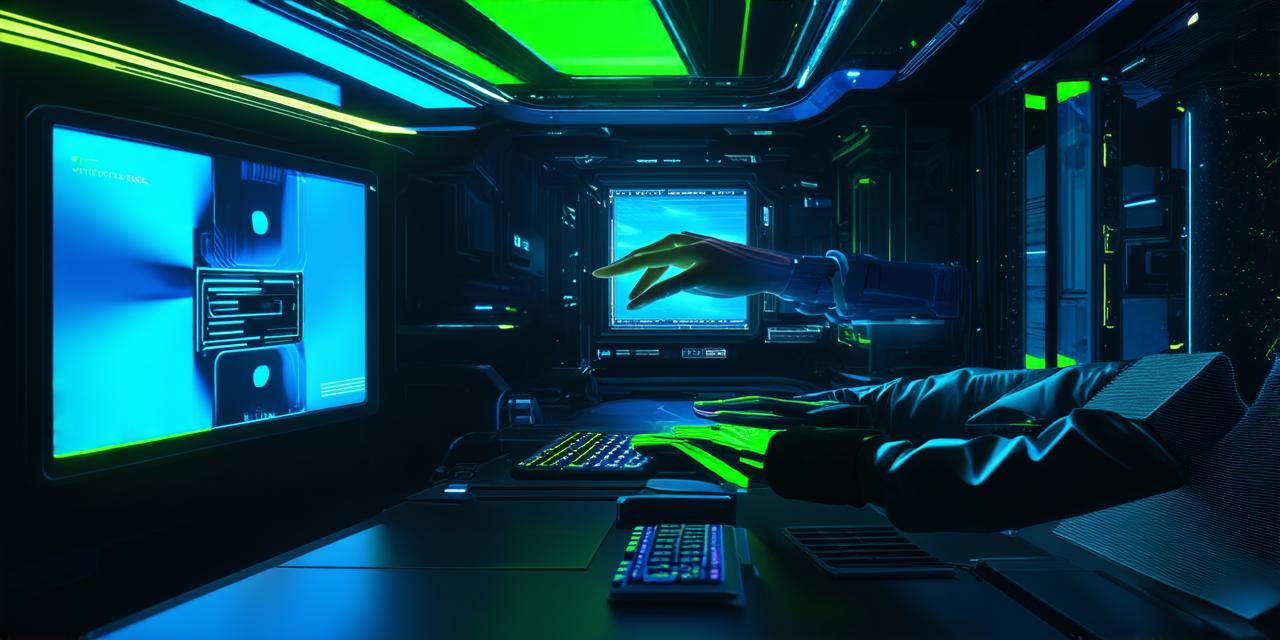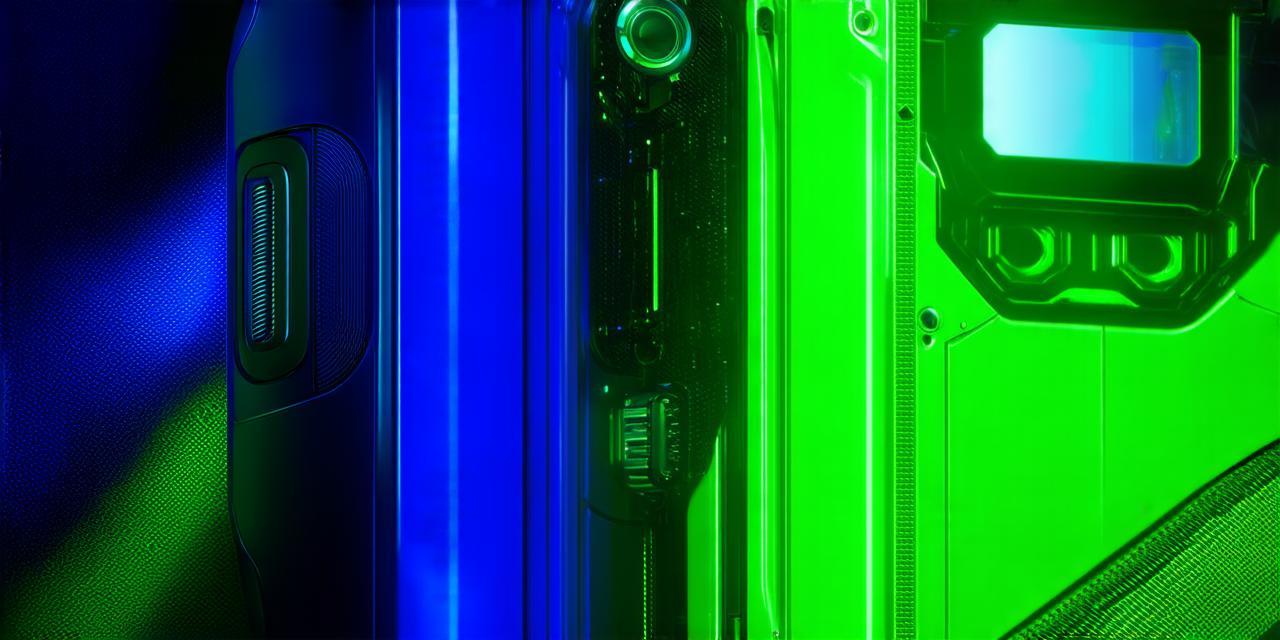What is Mixed Reality Technology?
Mixed reality technology refers to the ability to blend real-world environments with virtual objects and experiences. This can be achieved through a variety of methods, including headsets, smartphones, and other devices. The goal of mixed reality technology is to create an immersive experience that blends the physical and digital worlds in a seamless way.
How does Mixed Reality Technology work?
Mixed reality technology works by overlaying virtual objects and environments onto the real world. This can be achieved through a variety of methods, including computer vision, depth sensing, and tracking. Computer vision allows the device to track the user’s movements and position in the physical world, while depth sensing allows the device to determine the distance between the user and virtual objects. Tracking involves using sensors and other devices to track the user’s position and orientation in real-time.
What are the benefits of Mixed Reality Technology?
Mixed reality technology has a number of potential benefits, including:
- Improved training and simulation: Mixed reality technology can be used to create realistic simulations for training purposes. For example, medical students can use mixed reality technology to practice surgical procedures in a safe and controlled environment.
- Enhanced customer experiences: Mixed reality technology can be used to create immersive experiences for customers, such as virtual product demonstrations or interactive advertising campaigns.
- Increased productivity: Mixed reality technology can be used to streamline workflows and increase productivity in a variety of industries, including manufacturing, construction, and engineering.
What are the challenges of Mixed Reality Technology?
Mixed reality technology also presents a number of challenges, including:
- Cost: Mixed reality technology can be expensive, both in terms of hardware and software development costs.
- Limited field of view: Mixed reality technology typically has a limited field of view, which can make it difficult to create truly immersive experiences.
- Compatibility issues: Mixed reality technology may not be compatible with all devices or operating systems, which can limit its reach.
Conclusion
Mixed reality technology is an exciting and rapidly evolving field that has the potential to revolutionize the way we interact with the physical and digital worlds. While there are challenges associated with mixed reality technology, these are outweighed by the potential benefits. As the technology continues to advance, we can expect to see even more innovative uses for it in the future.



